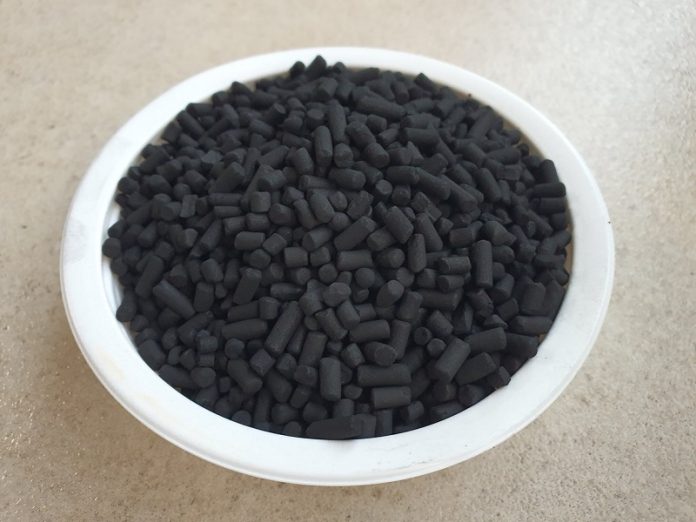
A team of scientists in South Korea has created a new technology that makes cleaning harmful air cheaper and more energy-efficient for small businesses—especially auto painting shops in cities.
The research, led by the Korea Institute of Energy Research (KIER), was published in Energy Conversion and Management: X in October 2024.
Many small businesses release volatile organic compounds (VOCs) into the air.
These harmful chemicals, found in paint, new furniture, and some industrial work, can cause cancer and contribute to fine dust and bad smells. To reduce their release, businesses use activated carbon, a material known for cleaning air.
South Korean regulations require small businesses that emit 10 tons or more of air pollutants each year to control VOCs with activated carbon. Auto body shops over 400 square meters must also monitor pollution in real time.
However, this can be expensive.
High-quality VOC sensors are costly, so many businesses only use cheaper pressure sensors that don’t give accurate VOC levels.
This makes it hard to know when to replace the activated carbon or if the filters are working properly.
To solve this, the research team developed two key innovations:
- An algorithm that helps low-cost sensors work almost as well as expensive ones—about 92% accurate. It does this by comparing readings from high-quality sensors and correcting errors caused by environmental factors.
- A new method to recycle activated carbon used for air purification, cutting replacement costs by half.
Activated carbon used for cleaning air usually needs to be heated to 200°C to be cleaned and reused.
But many recycling facilities are built for water purification carbon, which needs 1,000°C heat. This mismatch wastes energy and money.
The new recycling system, built specifically for air filters, uses much less power—over 70% less than traditional methods—and still restores 90% of the carbon’s original performance.
The process works by moving the carbon while applying steam to remove the VOCs. Some of the gas created during cleaning can even be used to generate electricity, which powers the system and further lowers costs.
If multiple small businesses share this recycling facility, they can all save money by paying half as much for reused activated carbon instead of buying new.
The research team is also working on a way to turn VOCs into hydrogen, a clean energy source. This would replace the current method of burning VOCs, which releases carbon dioxide, a greenhouse gas.
By turning harmful gases into useful fuel, the system could help reduce pollution even more.
Dr. Dong Hyuk Chun, who led the project, said this work is important for helping small businesses lower costs, reduce air pollution, and support eco-friendly energy solutions.



